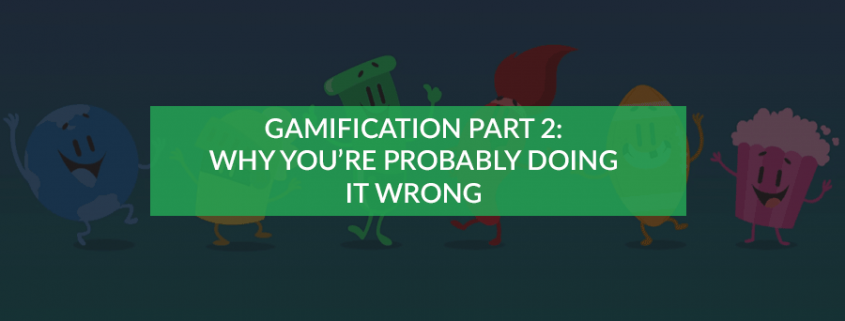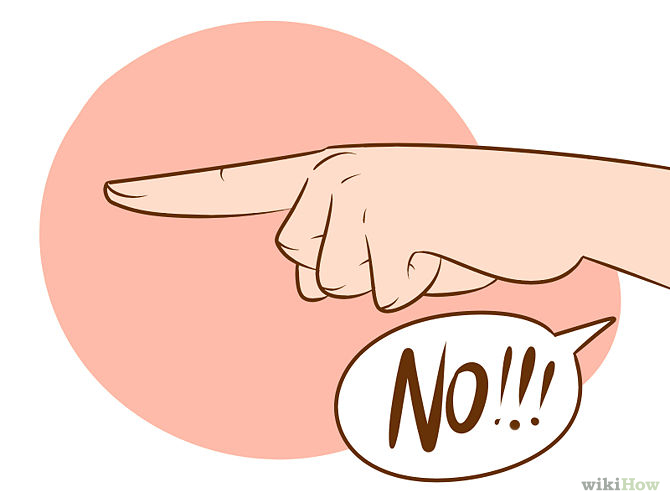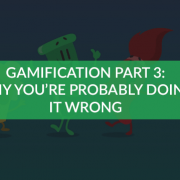Part 2: 4 Powerful Reward Strategies For Gamifying Mobile Apps
This is part 2/3 in the Buzinga crash course Gamification: How To Gamify Your App For Powerful User Engagement.
Part 1 – Gamification: Why You’re Probably Doing It Wrong
Part 3 – 5 Important Approaches For Gamifying Mobile Apps
In part 1, I spoke with you about the concept of gamification. That is, the use of game concepts in non-game situations.
I often find it strange that most gamification systems don’t embrace all the different ‘reward types’ a game has to offer.
So, today in part 2, I’m going to share with you the rewards and punishments used in gamification systems to encourage the outcomes you want.
4 Powerful Mobile App Gamification Reward Strategies to Remember
It’s vital that you first understand the concept of positive and negative rewards/punishments.
A positive is where something’s introduced to the gamification system.
On the flip-side, a negative is where something’s taken away.
Most people only associate reward systems with positive reward systems with just positive points.
But, if you combine all 4 reward types, you can create powerful systems that encourage people to use your app over and over again.
Positive Rewards
 Source: Inspire Energy
Source: Inspire Energy
This concept is a classic in gamification systems.
If you complete the intended action then you receive a reward.
It’s the same as training your dog. If your dog sits when its asked, it gets a treat.
The problem with focusing primarily on positive rewards is users tire of them very quickly.
Negative Rewards
 Source: About Psychology
Source: About Psychology
When used correctly, negative rewards can be far more effective in keeping your users engaged.
A negative reward is when you complete an encouraged task and have an unpleasant factor removed.
This is the underlying idea behind alarms and similar audio alerts. To put this into perspective for you, consider your fridge…
What happens when you leave the fridge door open for a prolonged period of time?
Your fridge starts ‘beeping’ until you close the door. If you think about it, this extremely annoying noise encouraged your behavior with a negative reward.
In regards to a mobile app, a common negative reward is the ‘pay to remove ads.’
Positive Punishments
 Source: Organise Re-Purpose
Source: Organise Re-Purpose
Punishments are the introduction of something unpleasant or the removal of something pleasant.
A positive punishment is where an unpleasant factor’s introduced. These are commonly used in games and should be used with great care in non-game systems.
Why? Because it can quickly lead to users quitting your app altogether.
In the majority of cases, positive punishments aren’t needed in gamification systems unless, there’s a certain action you want to discourage.
But, when you think about it, why would you put in a feature you don’t want anyone to use? Sounds silly, doesn’t it…?
Negative Punishments
These can be very useful but only when used in moderation.
The threat of negative punishments can motivate us to complete actions that we may have not otherwise done without the encouragement.
Consider those ‘for a limited time’ sales you see at various retailers throughout the year. “Act now before the price goes up” and when things such as loyalty cards expire.
If we don’t act soon, they get taken away.
Conclusion
So now you can see that gamification isn’t just about giving rewards for actions.
Instead, you should be using different types of rewards/punishments in combination to encourage users to take specific actions (Use an app, pay for an app etc)
Next week, I shall look into when and how you should be introducing these rewards.
These will then be tied together with player types and positive/negative rewards and punishments.
Continue the crash course…
Part 1 – Gamification: Why You’re Probably Doing It Wrong
Part 3 – 5 Important Approaches For Gamifying Mobile Apps
Latest posts by Ben Rejmer (see all)
- 5 No-Cost Ways To User Test Your App - June 18, 2015
- Part 3: 5 Important Approaches For Gamifying Mobile Apps - June 4, 2015
- Part 2: 4 Powerful Reward Strategies For Gamifying Mobile Apps - June 3, 2015










